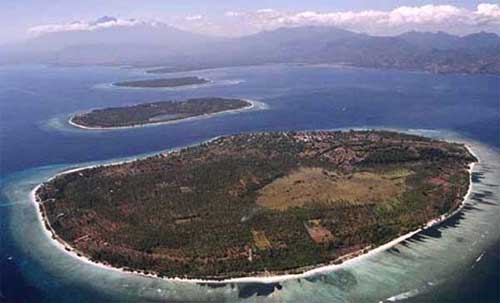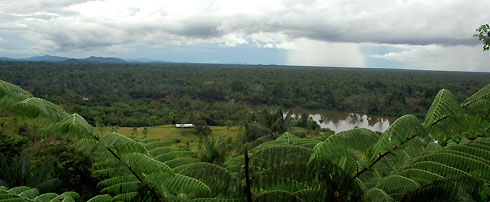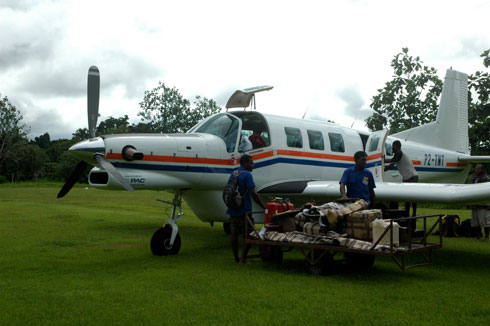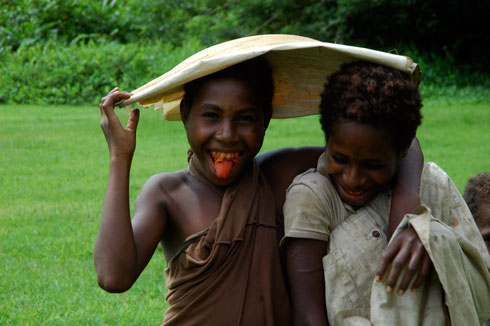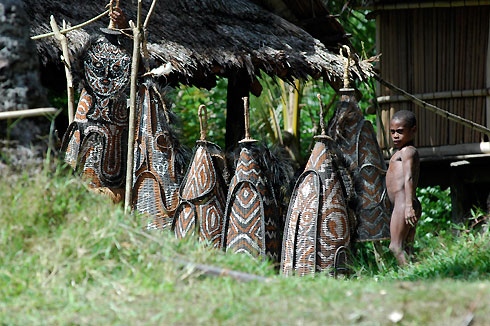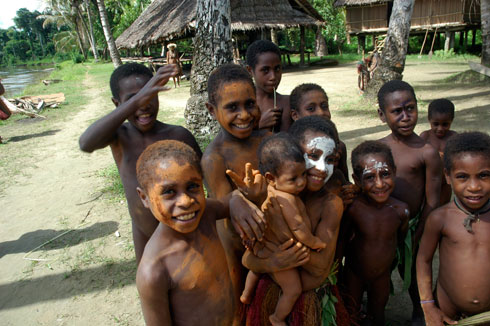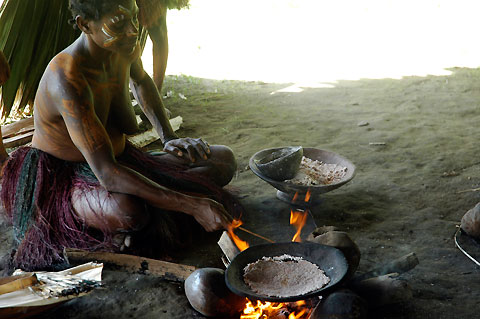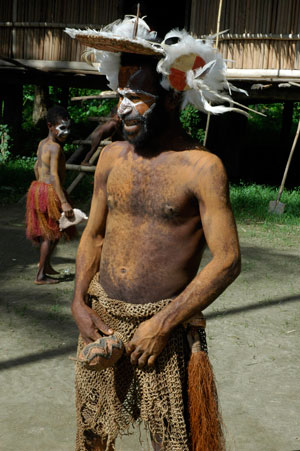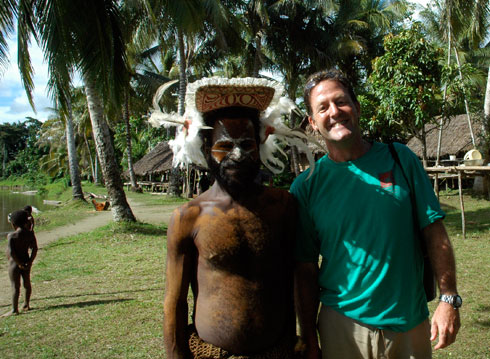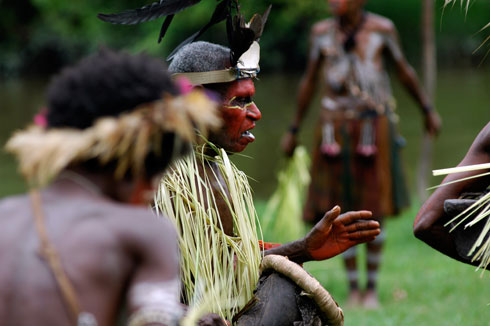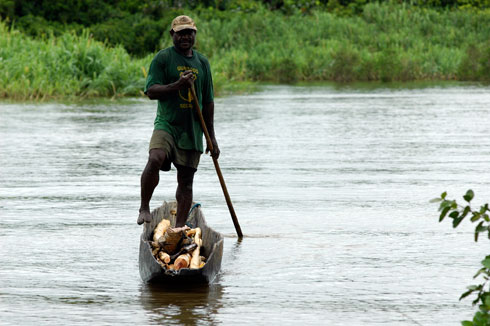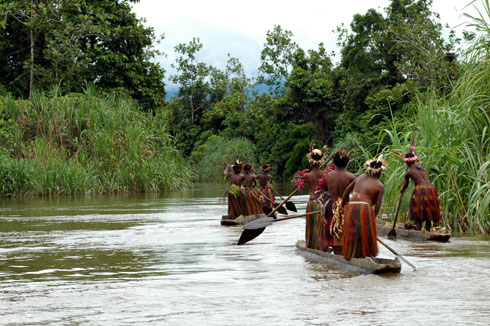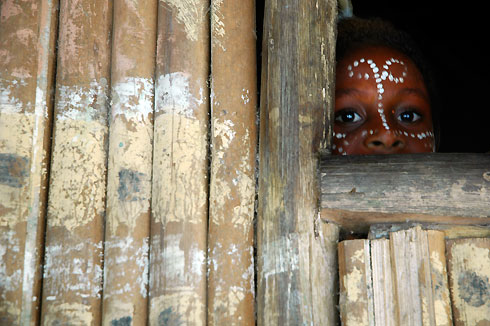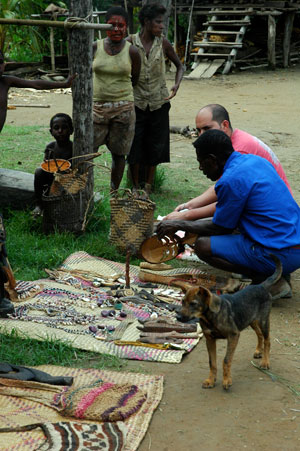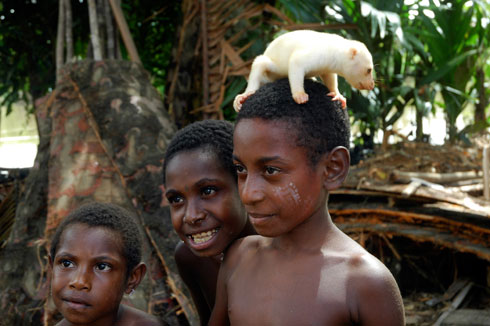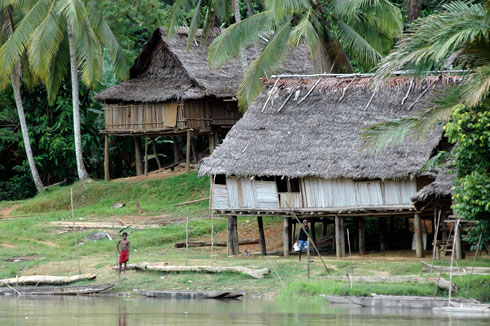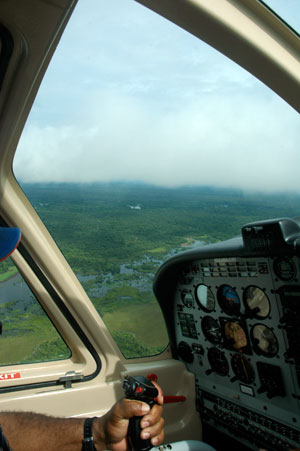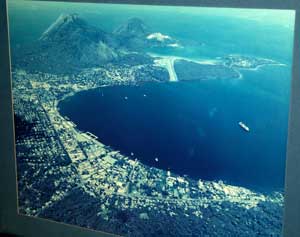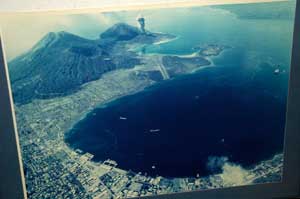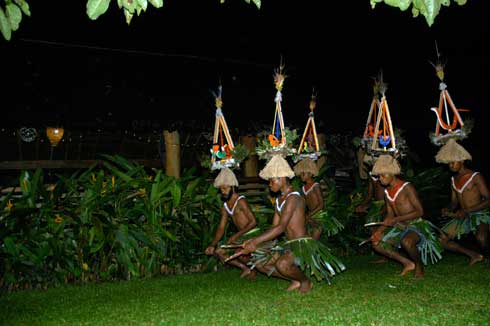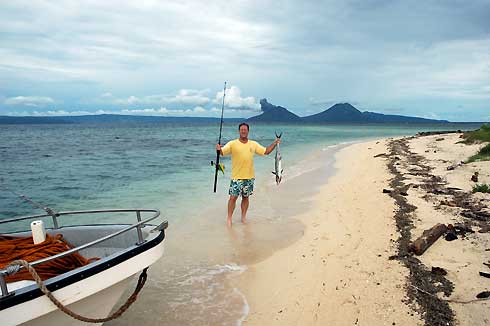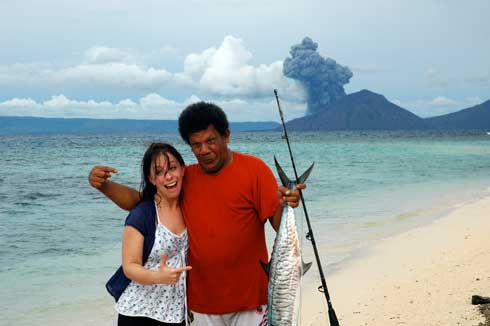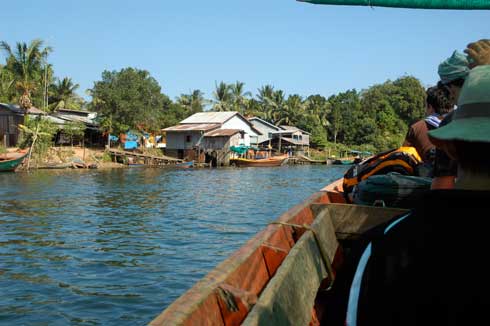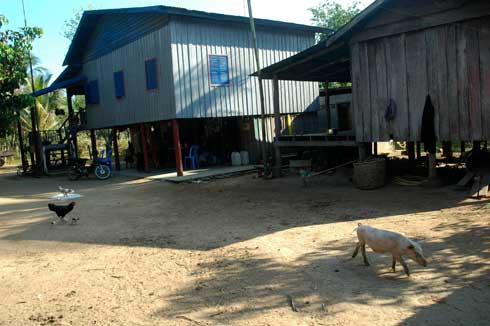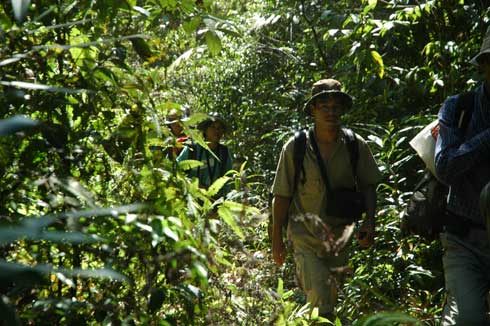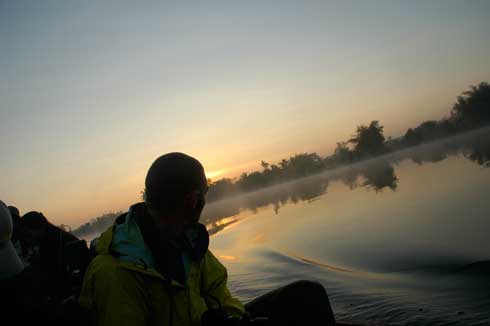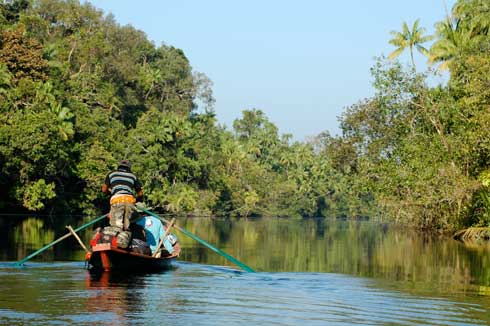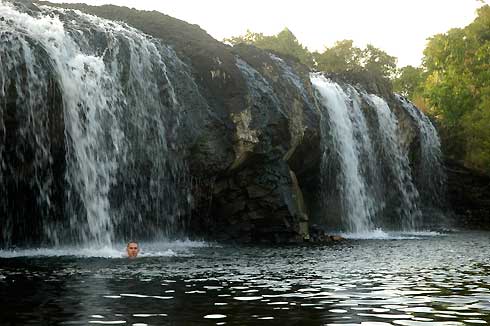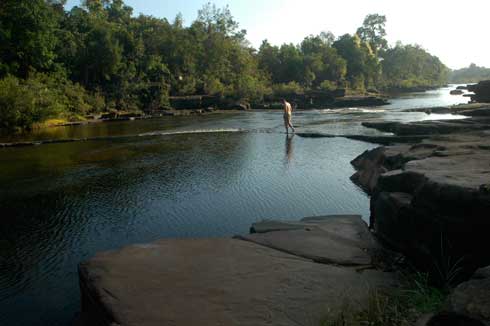Saving Forest in North Sumatra
September 21, 2009 – 10:59 am
Here is a message from Rex Summer, founder of Force for the Forest, a non-profit conservation organisation in Indonesia fighting to preserve the rainforest and its invaluable ecosystem that supports rare species including orangutan, Sumtran Rhinoscerous and elephant, and Sumatran Tiger amongst much more. This is a message of hope but also of need.
After all the doom and gloom messages about the destruction of the rain forest and how that causes climate change, here is a glimmer of encouragement. in a remote part of Indonesia, SE Asia, a huge part of lowland rain forest is being saved, an area the size of Belgium.
It is in the north western tip of the island of Sumatra, in Indonesia. Not only is it safe, but secure in its vastness are the last viable populations of Sumatran Elephant, Orang-utan, Tiger and Rhinoceros plus all the myriad other species that live in the rainforest.
- There are just 130 Sumatran Rhinos left in the wild. In our reserve we have 120 and they are breeding.
- The Sumatran Elephant. We have 800 of the 1000 left in the wild.
- The Sumatran Tiger, under tremendous poaching pressure, but 300 still survive in our forest.

Clouded Leopard by Mike Griffiths
How do you save a rainforest? Not a quick job. We have been working on it for the last 30 years, and it is only in the last few years that all those efforts have really born fruit.
The first thing you need to do is to create a political solution, which means years of meetings, socialising, lobbying and research, until the laws that are needed are passed. Having the laws in place isn?t enough ? they must be enforced. So you need a local government agency in place that is dedicated, committed and corruption free.
That is what we have done.
We have started Force for the Forest because right now we are in need. You need to understand how much money the loggers make from the rainforest ? our forest, the Leuser Ecosystem, generated US$500 million dollars a year as it was being cut down. An oil palm plantation on the site of the old rainforest makes US$1600 a year from each hectare.
So you can imagine that the loggers are not pleased with us.
Our recent successes in preserving the forest have led to a more insidious, effective attack on us. They have cut off much of our funding.
For the last year our work has been funded by the pockets of the personnel involved, but now that has run out. So we have formed Force for the Forest to provide a source of funds for the essential work that cannot be compromised by the loggers. We don?t want to just save our rainforest in SE Asia. We want to show the world how it is done, and make sure conservationists the world over know what works and how you can combat the huge financial forces of the loggers even on a pittance.
What can you do to help?
- First and most important: send this message to as many people as you can, spread the word that some of the rainforest is saved and it CAN be done!
- Then join us! Be a force for good, be part of the Force for the Forest. Join the Force for the Forest email list so you can receive regular updates on what is happening.
- Donate! £10 may not sound like much, but it goes a long way to paying for a ranger to go on anti-poaching patrol and will save the life of a tiger or a rhinoceros.
Read our story and see more about us at www.forcefortheforest.com or go straight to the donate page.
Right now our rangers are doing something incredible. They are cutting down 800 hectares of oil palm and regenerating the forest. Have you ever heard of that happening elsewhere? This is fantastic news for all of us, so please, help us today and donate to help us cut down a tree to save the forest!
Rex Sumner
Force For The Forest
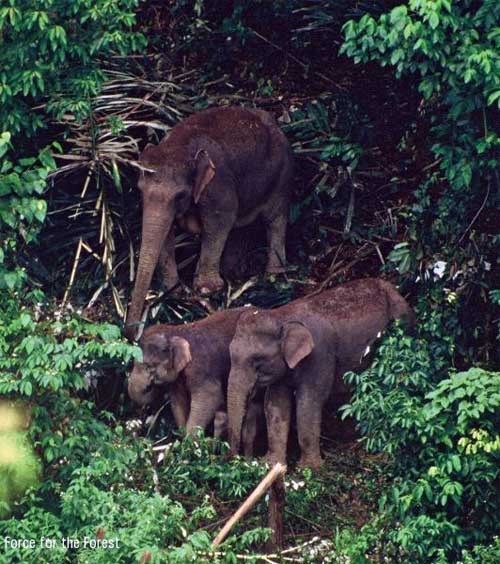
Sumatran Elephants by Mike Griffiths






